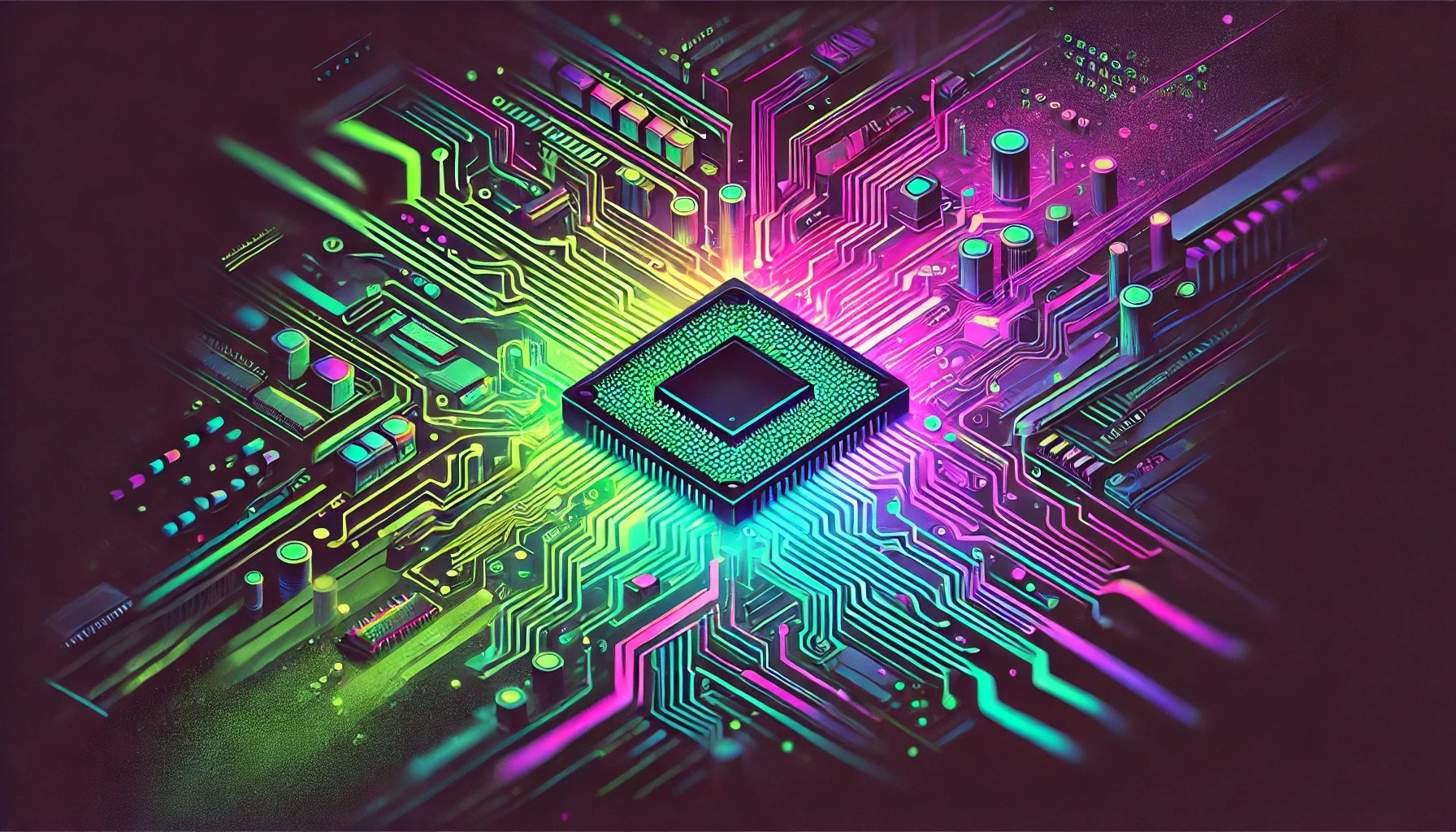Setting Up Microsoft Azure Cognitive Services
- Go to the Azure Portal and create a new Cognitive Services resource. Choose the specific AI service you want to use (e.g., Text Analytics, Translator, etc.).
- Once created, navigate to the resource and copy the endpoint URL and the subscription key from the Keys and Endpoint section. You will need this information to authenticate requests.
- Ensure the AI resource is properly configured, and test it out using Azure's built-in testing tools to make sure it's working as expected.
Setting Up Google Cloud Platform for Integration
- Sign in to the Google Cloud Platform (GCP) Console and create a new project or select an existing one.
- Navigate to the APIs & Services > Library. Enable any APIs that your integration might use, such as the Cloud Functions API if you are going to run function based services.
- Set up authentication by creating a service account, and download the JSON key file. This is vital for secure interaction between your Azure services and GCP.
Creating a Proxy Service on Google Cloud
- Use Google Cloud Functions or Google App Engine to create a proxy service that acts as a bridge between your application and Azure Cognitive Services.
- Write the logic to connect to Azure Cognitive Services within the Google Cloud Function. You will use the endpoint URL and subscription key from Azure to invoke the services.
- Utilize libraries such as
axios or requests in Python to construct HTTP requests to Azure. Here's an example in Node.js using axios:
const axios = require('axios');
exports.azureServiceProxy = (req, res) => {
const azureEndpoint = 'YOUR_AZURE_ENDPOINT';
const apiKey = 'YOUR_AZURE_SUBSCRIPTION_KEY';
axios.post(azureEndpoint, req.body, {
headers: {
'Ocp-Apim-Subscription-Key': apiKey,
'Content-Type': 'application/json'
}
})
.then(response => {
res.status(200).send(response.data);
})
.catch(error => {
console.error('Error calling Azure service:', error);
res.status(500).send({ error: 'Internal Server Error' });
});
};
Deploy this function on Google Cloud Platform and note the endpoint URL provided by GCP.
Testing the Integration
- Set up a testing mechanism to make sure that the Google Cloud proxy service correctly forwards requests and receives responses from Azure Cognitive Services.
- Create sample requests with test data and send them to the Google Cloud Function endpoint to verify end-to-end functionality.
- If you face issues, use logs to troubleshoot. Both Azure and GCP offer extensive logging tools that can help isolate and resolve issues.
Securing Your Integration
- Implement security measures such as validating incoming data at the proxy layer, and consider adding authentication mechanisms depending on your application needs.
- Regularly rotate your Azure subscription keys and update your deployments accordingly to reduce risks associated with key exposures.
- Consider using features like Google Cloud’s API Gateway if you need more advanced routing and security controls.
Monitoring and Maintenance
- Set up monitoring tools within both Azure and GCP to keep an eye on resource usage, response times, and error rates.
- Regularly audit both your Azure services and GCP setups to ensure they meet your organization's security and compliance requirements.


























